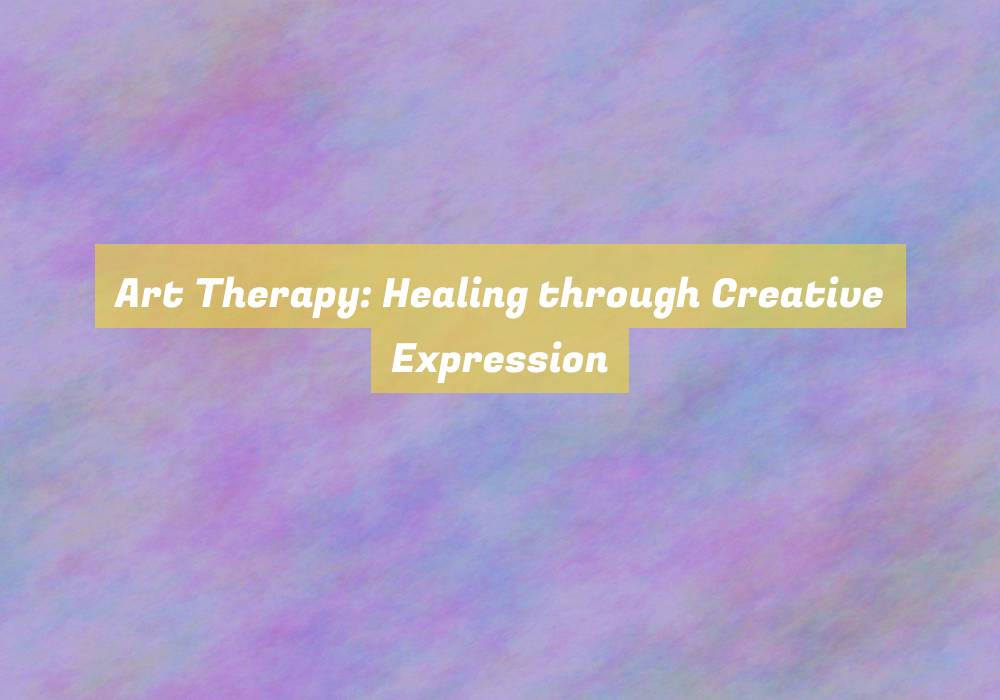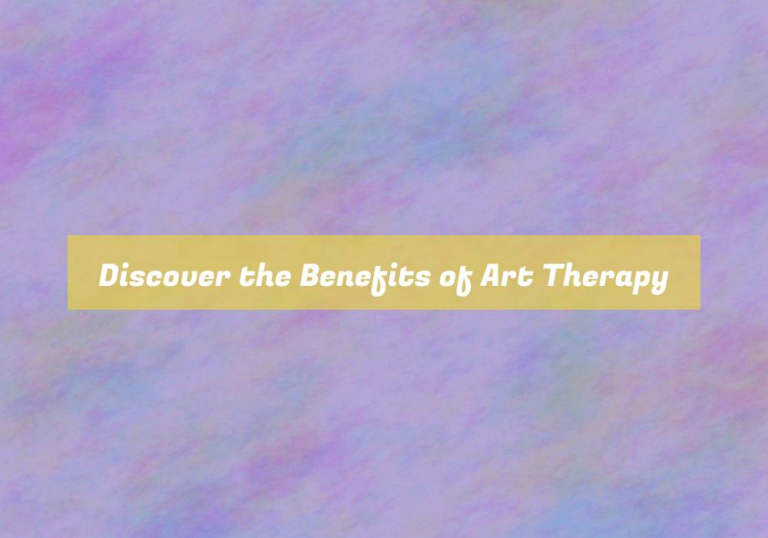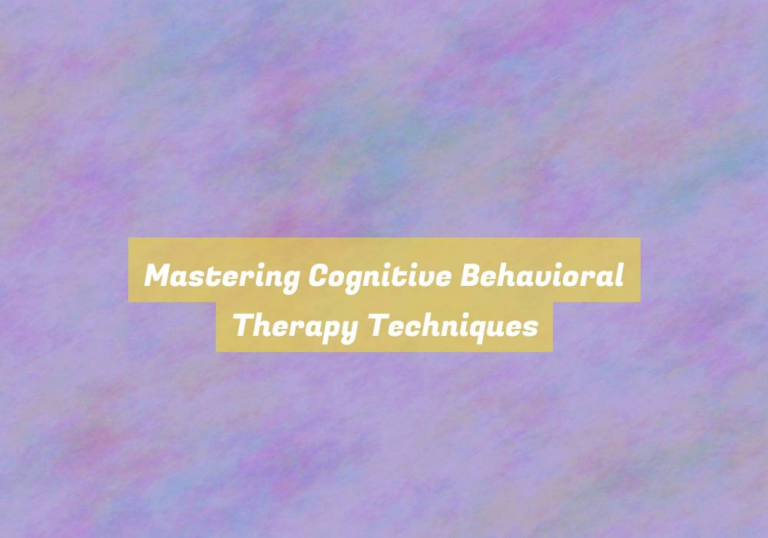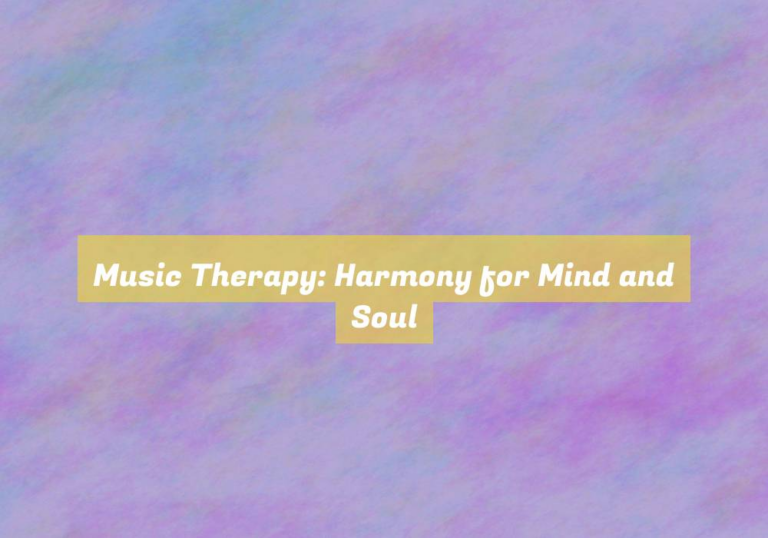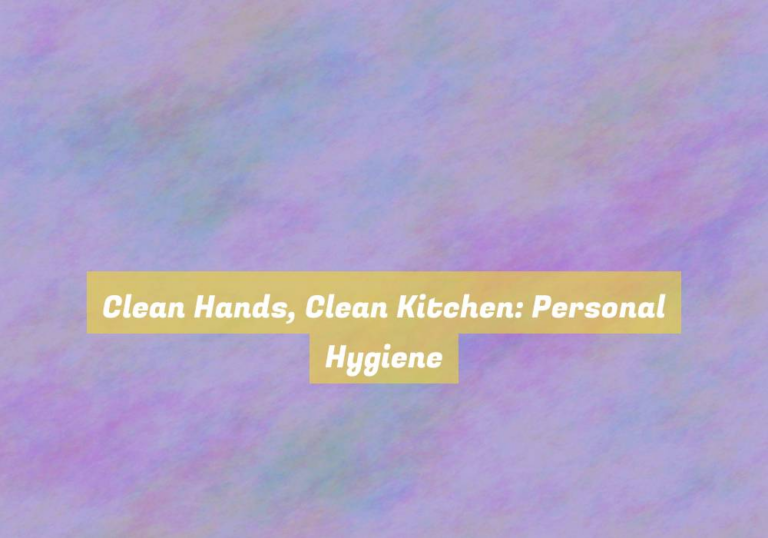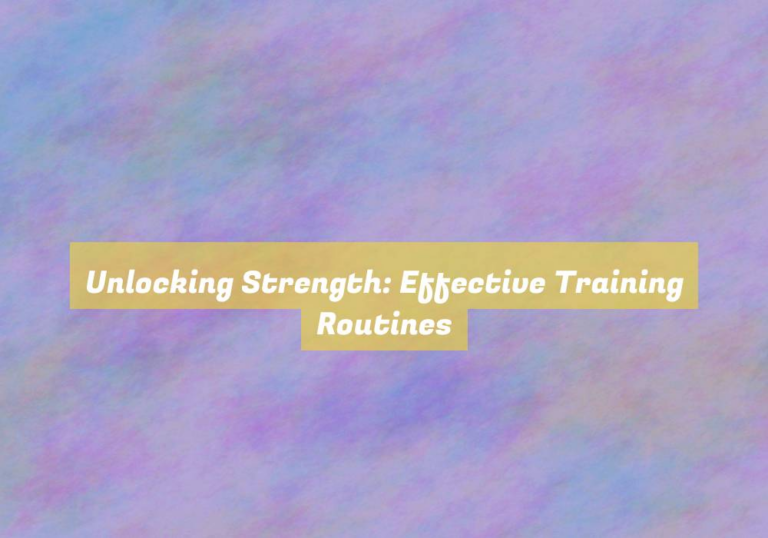Art Therapy: Healing through Creative Expression
When life presents challenges that are difficult to verbalize, sometimes finding other means of expression can be beneficial. Art therapy offers a unique avenue for exploring and processing emotions, allowing individuals to tap into their creativity as a form of healing.
But the impact of this form of therapy goes beyond just creating art; it delves into the depths of the human psyche, unlocking a world of emotional release and self-discovery that traditional talk therapy may not always reach.
This innovative approach has gained recognition for its ability to facilitate healing and growth, making it a compelling topic to explore further.
History of Art Therapy
Art therapy has a rich history that dates back to the early 20th century. It emerged as a formal profession in the 1940s, when pioneers like Adrian Hill and Margaret Naumburg began recognizing the therapeutic potential of art. Hill, a British artist, advocated for the use of art as a healing tool while he was recovering from tuberculosis. Naumburg, an American educator, integrated art into psychotherapy, emphasizing the importance of self-expression and creativity in the healing process. Their work laid the foundation for the development of art therapy as a distinct discipline.
During the mid-20th century, art therapy gained recognition as a valuable therapeutic approach. It was used to support the rehabilitation of soldiers returning from World War II, as well as individuals with mental health challenges. The 1960s and 1970s witnessed the establishment of formal training programs and professional organizations dedicated to art therapy. As the field continued to evolve, research and clinical practice contributed to its widespread acceptance as an effective form of therapy.
Today, art therapy is utilized in various settings, including hospitals, schools, and community centers, to help individuals of all ages address emotional, psychological, and physical challenges through the transformative power of creativity.
Benefits for Mental Health
Upon recognizing the therapeutic potential of art, pioneers like Adrian Hill and Margaret Naumburg laid the foundation for the development of art therapy as a distinct discipline, leading to significant benefits for mental health.
Engaging in art therapy can provide a safe space for you to express and explore your thoughts and emotions. This process can lead to improved self-awareness and insight into your mental state, helping you to better understand and manage your feelings.
Art therapy also allows you to externalize internal struggles, reducing the emotional burden and promoting a sense of relief. Through the creative process, you can develop coping strategies, enhance problem-solving skills, and build resilience, which are all crucial for maintaining good mental health.
Additionally, art therapy can boost your self-esteem and confidence as you see your artistic abilities evolve and witness the meaningful expression of your inner world.
Techniques and Approaches
Engage in various art-making techniques and approaches to effectively explore and express your thoughts and emotions in art therapy.
One powerful technique is using colors to represent your emotions. Experiment with different colors and notice how they make you feel.
Another approach is collage-making, where you can create a visual representation of your thoughts and feelings by cutting and pasting images and words from magazines or other sources.
Additionally, drawing or painting your emotions without focusing on the end result can be liberating. Let your hand move freely and express whatever comes to mind.
Sculpting with clay or other materials can also help you externalize and process your emotions in a tangible way.
Another technique is guided imagery, where a therapist helps you visualize and then create the images that come to mind.
Lastly, using art journaling can be a valuable way to document your thoughts and feelings through drawing, writing, and mixed media.
These techniques and approaches provide a safe and creative space for you to explore and express yourself in art therapy.
Case Studies and Success Stories
Experimenting with different art therapy techniques and approaches has led to compelling case studies and success stories, demonstrating the profound impact of creative expression on emotional healing and self-discovery.
Take the case of Sarah, who struggled with anxiety and found it difficult to articulate her emotions. Through art therapy, she discovered that painting and collage-making allowed her to externalize her inner turmoil, providing her with a tangible way to understand and process her feelings. As she engaged in the creative process, she gradually gained insight into the root causes of her anxiety and developed healthier coping mechanisms.
Similarly, John, a military veteran, experienced severe trauma and struggled with PTSD. Traditional talk therapy had limited success, but through art therapy, he found a new avenue for expressing and processing his emotions. Sculpting and working with clay became a cathartic experience for him, enabling him to release pent-up emotions and find a sense of peace and control amidst the chaos of his thoughts.
These are just a few examples of how art therapy has transformed the lives of individuals, providing them with a means to confront their challenges and embark on a journey of healing and self-discovery.
Conclusion
In conclusion, art therapy offers a powerful and effective way to promote mental health and healing through creative expression. Its history, benefits, techniques, and real-life success stories demonstrate the positive impact it can have on individuals.
Whether itG??s painting, drawing, or other forms of artistic expression, art therapy provides a safe and therapeutic outlet for processing emotions and promoting overall well-being. ItG??s a valuable tool for anyone seeking healing and personal growth.

